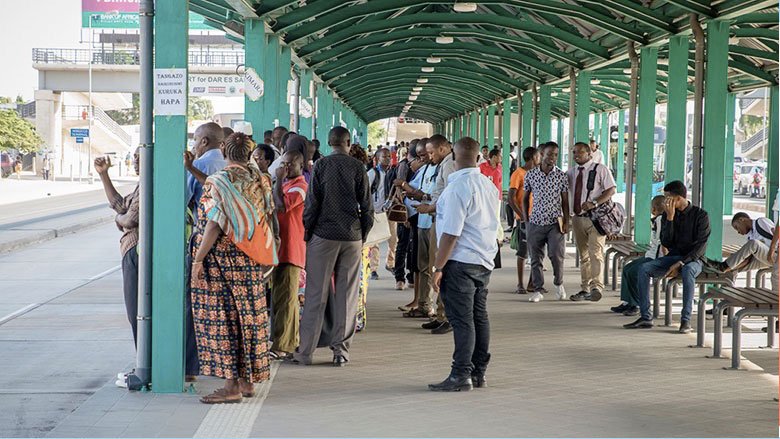Challenge
Infrastructure provision plays a crucial role in driving social and economic development in developing economies. Universal access to resilient and affordable infrastructure such as electricity and transportation services can bring about a range of transformative impacts, stimulating economic growth, improving living conditions and fostering sustainable development.
Like many countries in Sub Saharan Africa, Tanzania faces a significant infrastructure deficit. For instance, about two thirds of the population lack access to electricity, and despite 80 percent of the population living in rural areas, only 24.5 percent of the rural population has access to electricity compared to 73percent in urban areas.
In addition, Tanzania’s urban population is growing rapidly, increasing the demand for infrastructure and services. Dar es Salaam city for instance, is one of the fastest growing cities in the world, and its planners are now struggling to keep up. With a current city population of over 7 million, and average population growth rate of 5 percent since 2020, Dar es Salaam is expected to become a mega city with more than 10 million people by 2030. However, the rapid population growth is outpacing infrastructure provision, particularly in transportation services, resulting in traffic congestion. The average commuting time on public transport is about 120 minutes, meaning four hours in a day are spent getting from home to work and vice versa, which is detrimental to productivity. Further, 43 percent of commuters use public transport to travel to and from work and World Bank estimates show that residents spend approximately 34 percent of their average monthly incomes on transportation, limiting resources for other uses. To address infrastructure challenges the government of Tanzania embarked on massive infrastructure investment programs.
Approach
To improve electricity access, the government of Tanzania under the Big Results Now Initiative launched in 2013 embarked on rural electrification expansion programs. With IDA financial support on projects such as the TREEP and development policy operations (DPOs), electricity access in Tanzania rapidly increased, to stand as one of the fastest access expansion rates in Sub-Saharan Africa. Under the DPOs, increased electrification was achieved, including reduced cost of electricity supply by 13 percent between 2012 and 2015; and the elimination of power supply connection fees that reduced barriers for new customers to connect.
To reduce commuter travel times and general congestion in Dar es Salaam, and to unlock the full economic potential and opportunities cities offer, the government of Tanzania improved the city transportation system by investing in the Dar es Salaam BRT system. The World Bank provided financial support and technical assistance for the Dar es Salaam BRT system to enhance the system's resilience and ability to respond effectively during emergency situations given the vulnerability of Tanzania to floods and changing climate conditions.
Results
Between 2016 and 2022, the BRT system achieved the following results:
- Reduced travel time on almost 16 km of the Kimara-Kivukoni corridor from over two hours to under one hour under BRT Phase One development.
- Reduced average rush hour in-vehicle travel time to under one hour from close to two hours for freight trucks from Tabata Relini to Mbezi Musuguri through Ubungo.
- Reduced the average annual number of pedestrian fatalities by 79 percent under BRT Phase One development.
- Improved accessibility for vulnerable groups such as the elderly, school kids, and people with disabilities by equipping all BRT buses with wide access points and disabled seating.
Between 2016 to date, the TREEP project achieved the following results:
- Provided electricity to more than 6 million people in Tanzania, with new connections for more than 1,600 healthcare facilities, close to 6,500 education facilities, and over 16,000 business enterprises.
- Created employment and business opportunities for women, improved outcomes for students in remote parts of the country and is helping Tanzania to diversify its energy mix by enhancing the use of renewable energy resources.



